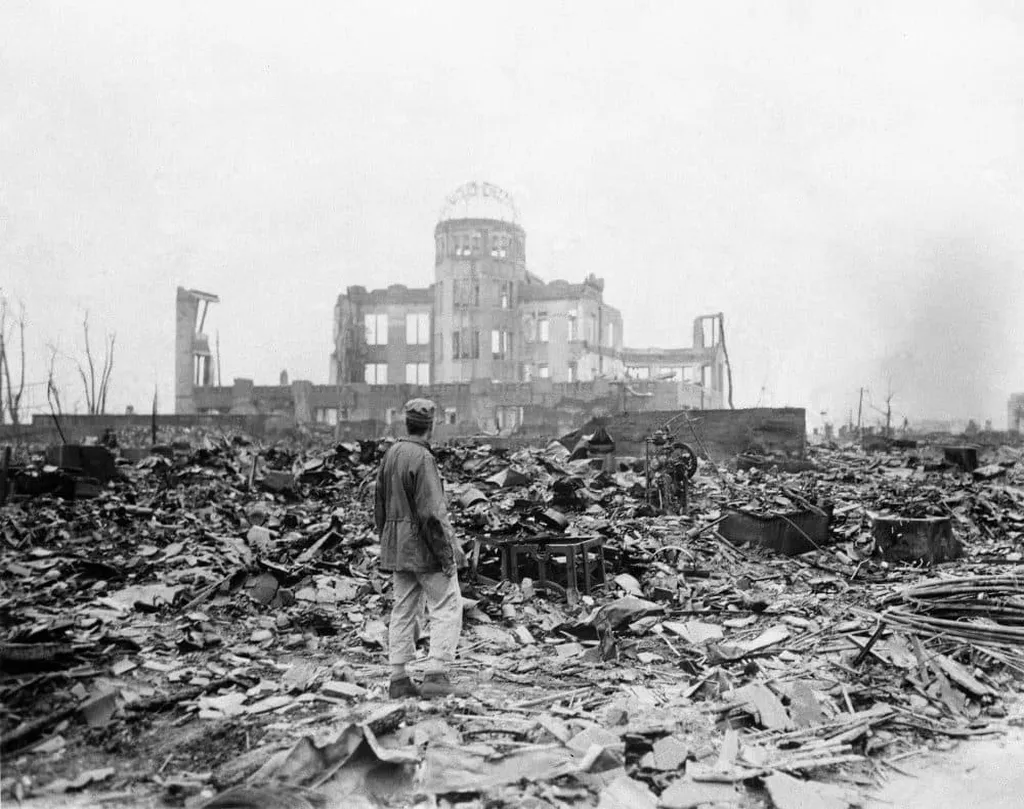In the heart of Japan’s industrial revolution, a story of bricks and mortar is unfolding, one that challenges the conventional narrative of Japan’s modern brick industry. Chunyao Sun, a researcher at Hiroshima University, has delved into the archives to uncover the often-overlooked brick industry of Hiroshima Prefecture during the late Meiji and Taishō periods (1868–1926). Published in the *Journal of Asian Architecture and Building Engineering* (known in Japanese as *Ajia Kenchiku to Kogaku*), Sun’s research offers a fresh perspective on the regional dynamics of Japan’s brick production and circulation.
Sun’s work is a testament to the power of regional history in understanding national industrial trends. “Hiroshima Prefecture was not just a passive participant in Japan’s brick industry,” Sun asserts. “It was a major player, a significant exporter supplying bricks to the Chūgoku and Kyūshū regions.” This revelation is a stark contrast to the dominant narrative that often centers around the industrial hubs of Tokyo and Osaka.
The study meticulously outlines the development of the brick industry in Hiroshima Prefecture, drawing on national and regional statistical reports to conduct a quantitative analysis of production volumes, the number of brickyards, and laborers. Sun’s research reveals that brick production was concentrated in three major counties, with a significantly higher number of brickyards and laborers compared to other regions. This concentration, Sun argues, was a result of local circumstances and transportation networks tailored for consumption.
The commercial implications of Sun’s research are profound, particularly for the energy sector. The brick industry, as a significant consumer of energy, played a crucial role in the regional economy. Understanding the historical dynamics of brick production and circulation can provide valuable insights for energy policymakers and industry stakeholders. As Sun notes, “The brick industry was not just about bricks; it was about energy, employment, and regional development.”
Sun’s research also sheds light on the transportation statistics, clarifying the destinations and quantities of brick circulation. The use of railway and maritime transportation for brick export underscores the importance of infrastructure in regional industrial development. This historical perspective can inform modern infrastructure planning and investment decisions.
The study’s findings have the potential to shape future developments in the field. By highlighting the regional characteristics of the brick industry in Hiroshima Prefecture, Sun’s research challenges the one-size-fits-all approach to industrial development. It underscores the importance of local circumstances and transportation networks in shaping regional economies.
As we look to the future, Sun’s research serves as a reminder of the value of historical perspective in understanding and shaping industrial trends. It is a call to action for policymakers, industry stakeholders, and researchers to consider the regional dynamics of industrial development. After all, as Sun’s research shows, the story of Japan’s industrial revolution is not just a story of Tokyo and Osaka. It is a story of regions, of bricks and mortar, and of the people who built them.

